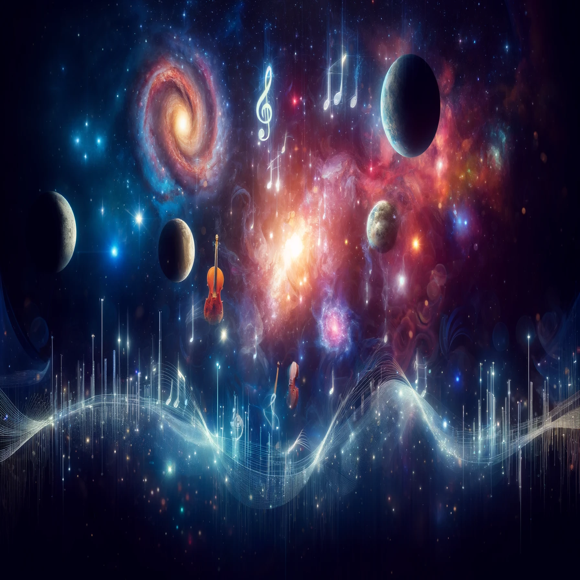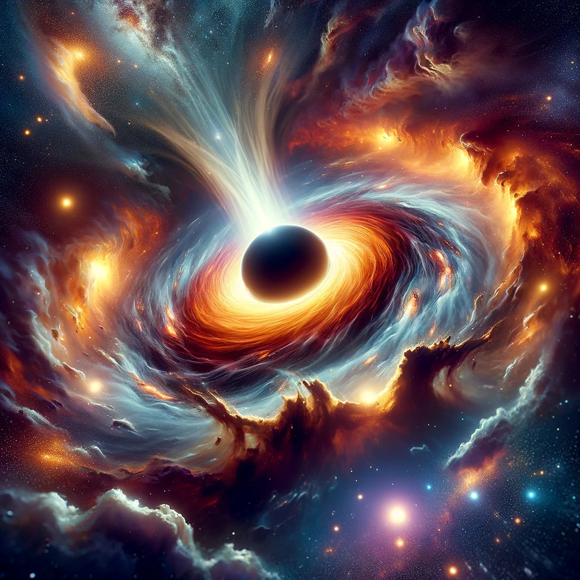As we gaze upon the vast expanse of the night sky, teeming with countless stars and galaxies, a sense of awe and wonder washes over us. The cosmos, in its majesty and grandeur, has long captivated the human imagination, inspiring poets, artists, and scientists alike. Yet, amidst the profound silence that permeates the universe, lies an often-overlooked symphony of celestial sounds, a hidden dimension waiting to be deciphered.
Traditionally, astronomy has focused on the visual realm, exploring the electromagnetic spectrum from radio waves to gamma rays. However, recent advancements in technology have opened up a new frontier of astronomical exploration – the study of cosmic sounds. These sounds, ranging from the faint whispers of the solar wind to the thunderous roars of black holes, offer a unique perspective on the universe, revealing its dynamic and ever-changing nature.
One of the most intriguing sources of cosmic sound is pulsars, rapidly rotating neutron stars that emit beams of radiation like cosmic lighthouses. As these beams sweep across our telescopes, they produce a rhythmic ticking sound, much like a celestial metronome. The precise regularity of these pulses allows astronomers to use pulsars as incredibly accurate clocks, surpassing even the best atomic clocks on Earth.
Another fascinating source of cosmic sound is accretion disks, swirling maelstroms of gas and dust that orbit around black holes and neutron stars. As matter falls into these gravitational abysses, it heats up to extreme temperatures, generating powerful sound waves that reverberate across the cosmos. These sounds, though inaudible to the human ear, can be detected by specialized instruments and translated into audible frequencies, revealing the immense power and violence of these celestial beasts.
Beyond these individual sources, the universe itself hums with a cosmic microwave background (CMB), a faint afterglow of the Big Bang. This pervasive radiation, a relic of the universe’s infancy, contains subtle temperature fluctuations that are thought to represent the seeds of future galaxies. By analyzing these minute variations, astronomers can map the early universe and gain insights into its large-scale structure and evolution.
The study of cosmic sounds is still in its early stages, but it has already yielded profound insights into the nature of the universe. As we continue to develop more sensitive instruments and techniques, we can expect to uncover even more of the cosmos’s hidden sonic tapestry. These celestial sounds, once thought to be mere curiosities, are now recognized as valuable tools for probing the universe’s deepest mysteries.
The symphony of the cosmos is not just a collection of sounds; it is a testament to the interconnectedness of the universe. Each celestial source, from pulsars to black holes, plays its part in the grand cosmic orchestra, contributing to a harmonious composition that spans billions of light-years. As we listen to this celestial symphony, we gain a deeper appreciation for the universe’s beauty, complexity, and profound mystery.
The next time you gaze up at the night sky, take a moment to listen to the silent music of the cosmos. Let the ticking of pulsars, the roaring of accretion disks, and the faint murmur of the CMB wash over you, and feel the universe come alive in a symphony of sound.





